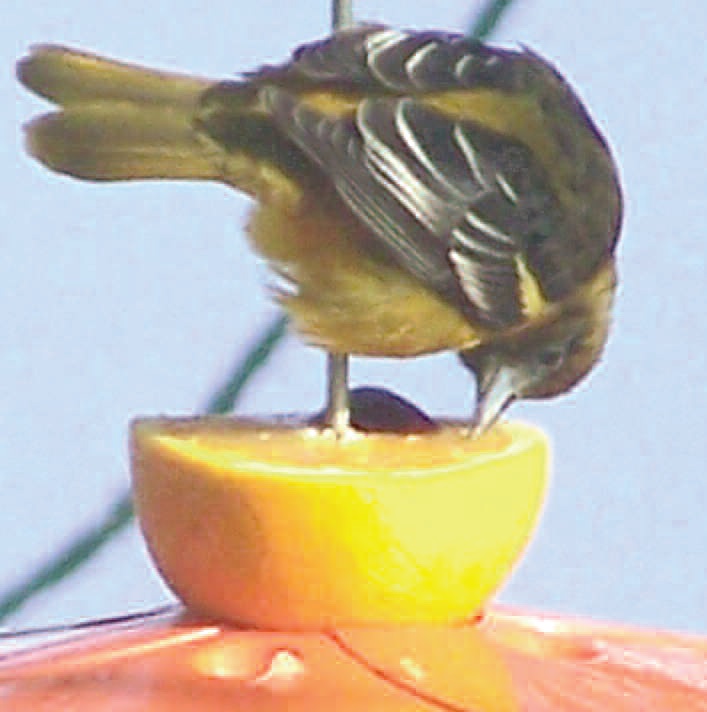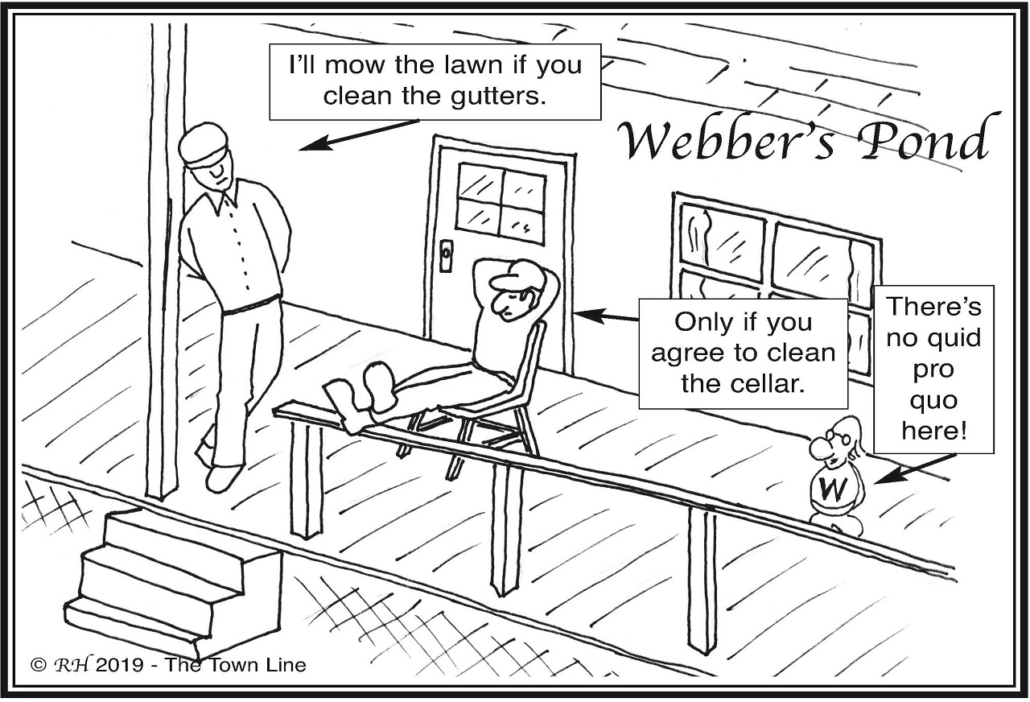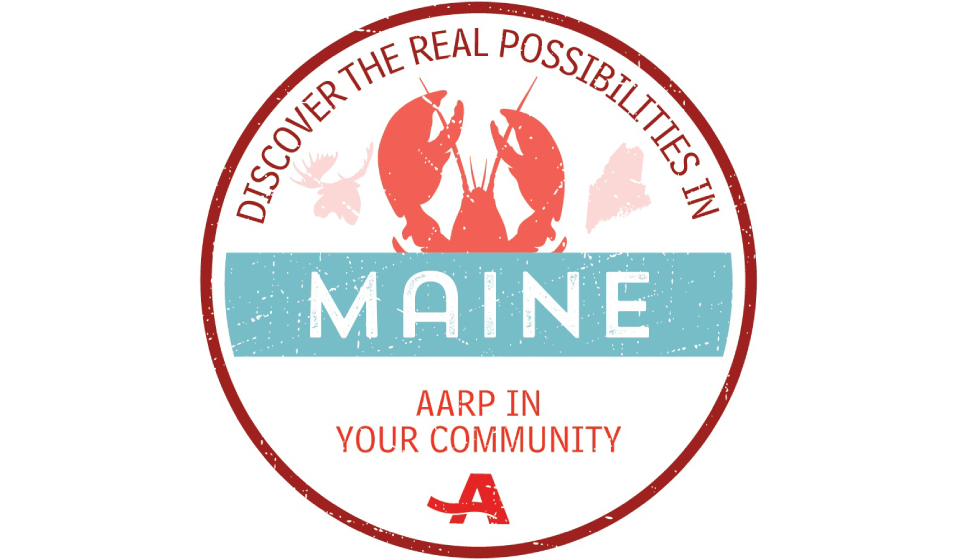SOLON & BEYOND: Pine Tree 4-H Club reorganizes
 by Marilyn Rogers-Bull & Percy
by Marilyn Rogers-Bull & Percy
grams29@tds.net
Solon, Maine 04979
Good morning, my friends. Don’t worry, be happy!
The Solon Pine Tree 4-H Club reorganized on Saturday, October 12, with 15 members joining. Two new members were welcomed.
The Somerset County Achievement night will be held at the Kennebec Grange Hall on Friday, October 25, with a potluck supper. After the supper a fun activity will be enjoyed with awards program.
The members voted to have a family supper on November 1, at the Solon Masonic Hal,l with a potluck supper at 5:30 p.m.
The members from last year are displaying some of their projects at the Coolidge Library in observance of National 4-H Week.
As a fun activity the members did a picture frame using colored leaves and other nature items.
The next meeting will be on Saturday, November 9, at 9:30 a.m., at the Solon Fire Station. Election of officers will be held at this meeting.
If you are looking for a Halloween costume, check out the Embden Community Center Thrift Shop (Wednesday 10 a.m. -12:30 p.m.; Friday and Saturday, 10 a.m. – 3 p.m.).
There is a holiday craft fair coming up on Saturday, November 9, 9 a.m. – 2 p.m., at the Solon Elementary School. There will be a gym full of crafters/vendors, holiday goodies and much more.
There will be a Kids Room. Kids only allowed! Children can buy gently used items as Christmas presents for parents and family. Wrapping and name tags included.
Hosted by Solon Congregational Church; vender/crafters space rentals – Contact Jen @ 643-2180, 399-6510 or hebertjenniferO@gmail.com.
Another really great event that the Solon Congregational Church hosted, was their Annual Harvest Supper which was held at the Solon Masonic Hall on October 19. It was a packed house with lots of good food and fellowship. Former residents, Clayton and Peggy Davis, had traveled up from their home in Augusta, and Lief and I sat near them. We had a great time talking about old times and memories of long ago.
Lief and I spent last week at the time share, in Rangeley. We checked in on Saturday afternoon, and went to the cabin where we would stay. As we approached the walk leading up to the door we noticed a huge old tree nearby had a very rotten bottom to it. With the wild weather predicted for that night and next day it sort of worried me, (I know, I always preach, Don’t Worry)!) Anyway, I said an extra prayer that night about that tree, and hoped for the best! The next morning when we opened the door to go to the car, that old tall, tall tree laid out between the cabin (within inches of the cabin, well, maybe that’s stretching it a little bit!) and the woods! And….. And the top of another tree on the other side of the path had come down, but missed our car that was parked there! And I believe more firmly than ever, that God works in mysterious ways, the wind had to have been blowing in just the right direction to perform that miracle!
We came back to Solon to check if there was any damage to our home the next day and the entrance to the South Solon Road was blocked off on Rte. 201, but we managed to get to our house, and there was no damage to it. There were several trees down on the South Solon Road and power was lost .
Would like to thank my good friend Donna Bishop from the bottom of my heart, for delivering The Town Line papers for me while we were in Rangeley. Friendship is precious.
And now for Percy’s memoir entitled Value Every Day: A day without love is a cold day when worldly riches fade away. A day without hope is a dreary day filled with shadows of dismay. A day without faith is a fruitless day as we trudge along life’s way. A day without friends is a lonely day without a cheery word to say. Embracing faith, hope and love assures sweet blessings from above. (words by Catherine Janssen Irwin.)






 (NAPSI)—According to the American Cancer Society, about one in nine American men will be diagnosed with prostate cancer. A leading cause of cancer in men, more than 173,000 new diagnoses are expected in the U.S. this year. Fortunately, this disease can be treated successfully, especially if caught early.
(NAPSI)—According to the American Cancer Society, about one in nine American men will be diagnosed with prostate cancer. A leading cause of cancer in men, more than 173,000 new diagnoses are expected in the U.S. this year. Fortunately, this disease can be treated successfully, especially if caught early.


 Medicare Open Enrollment season is here, which means it is also Medicare fraud season. Between now and December 7th seniors across the country will be shopping for the best deal for their health care dollar. Unfortunately some of the deals they will be offered won’t be deals at all.
Medicare Open Enrollment season is here, which means it is also Medicare fraud season. Between now and December 7th seniors across the country will be shopping for the best deal for their health care dollar. Unfortunately some of the deals they will be offered won’t be deals at all.




